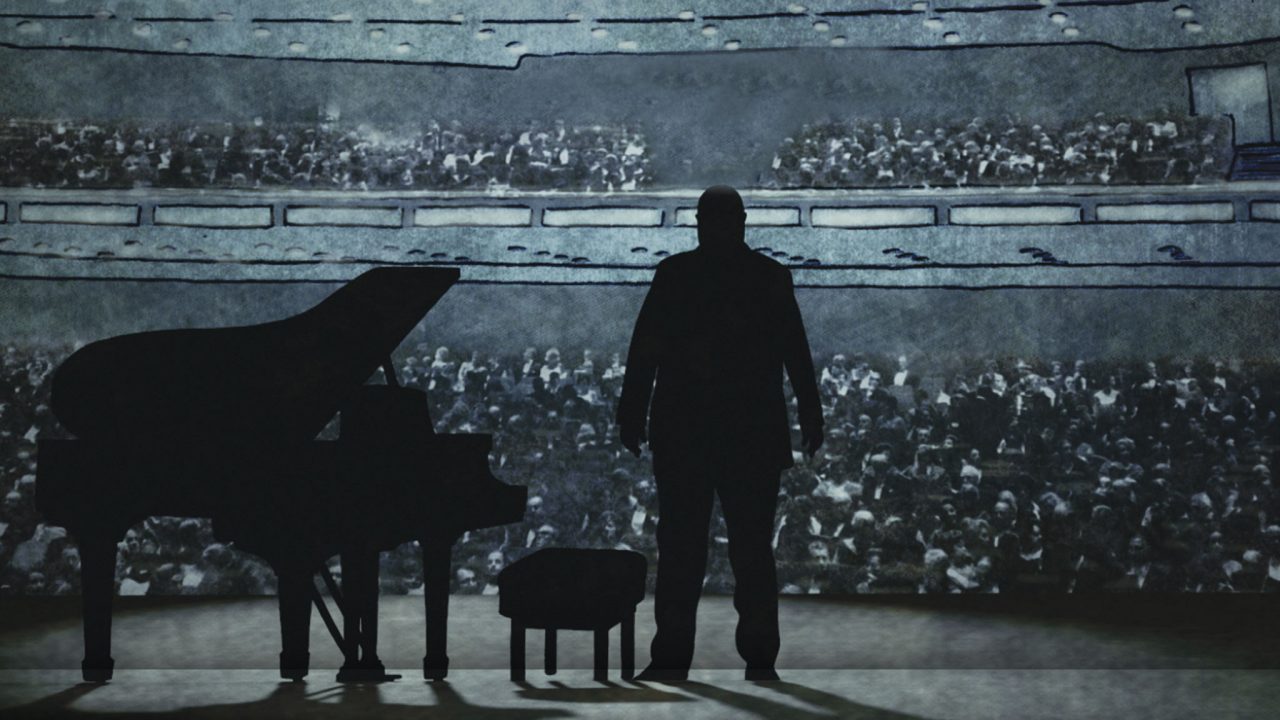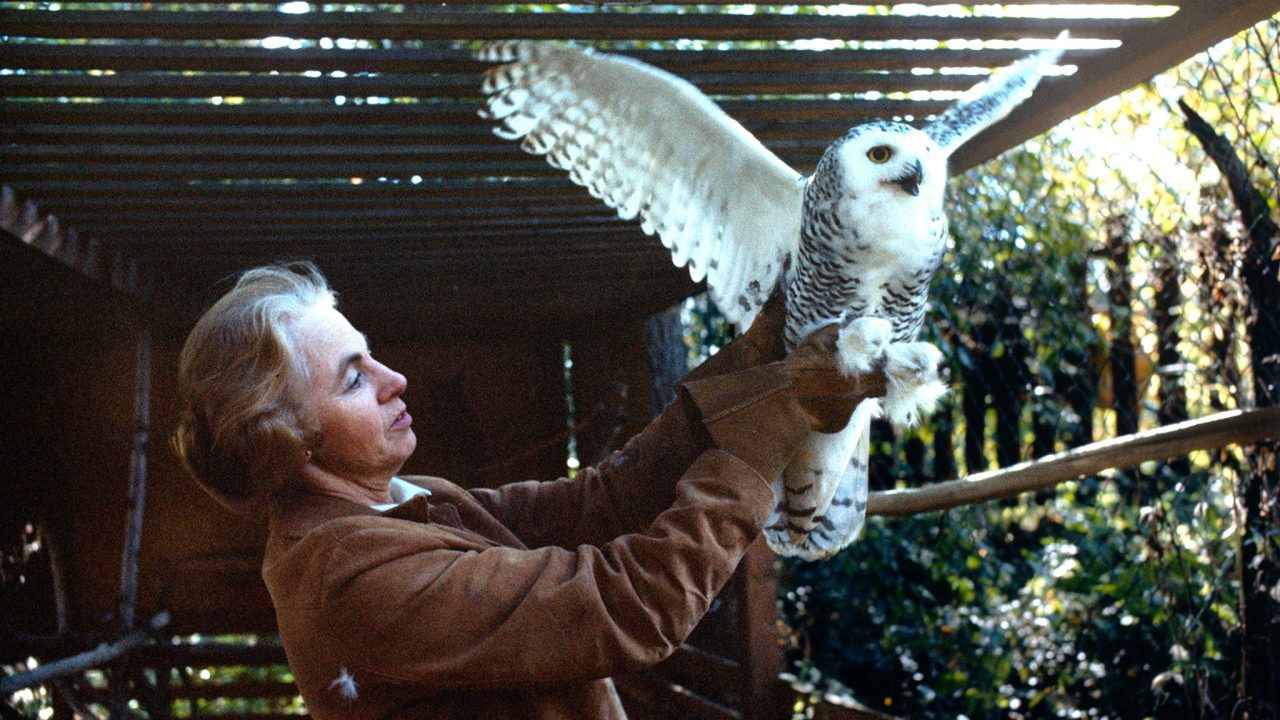The NFB and World Fairs, pt. 1: Montreal and Expo 67
In the Labyrinth, Roman Kroitor, Colin Low & Hugh O’Connor, provided by the National Film Board of Canada
This is the first of a 4-part series documenting the NFB’s involvement with World Fairs, from Montreal to Shanghai. It was written by Marc St-Pierre, our French Collection analyst. – CW
“Expo Year” (Montreal, 1967)
Many Montrealers fondly recall the 1967 World’s Fair, held to celebrate Canada’s centennial. Expo, as it is commonly called today, was made possible thanks to the avant-garde vision and outsized ambition of Montreal’s mayor at the time, Jean Drapeau, and was the first in a long line of international successes for the city: the securing of a Major League Baseball franchise (the Expos, who began play in 1969), the 1976 Summer Olympic Games, and the Floralies exhibition in 1980. Expo 67 was also an opportunity for the NFB to shine. Producer and filmmaker Roman Kroitor first hatched the idea for a special World’s Fair project in 1964, and began discussions with his colleague Colin Low, also a filmmaker and producer. The two men soon developed a concept for a pavilion evoking the Labyrinth of Daedalus in Greek mythology, where Theseus killed the Minotaur. Spectacular multi-screen images would be shown in the venue, in a show that they saw as a modern expression of the Ancient myth.
A multi-screen spectacle
Kroitor and Low envisioned a theatre in which two films would be projected simultaneously: one onto the floor, which spectators would view from above, and the other onto a wall, as in a conventional movie theatre. They shot footage from a helicopter, added a soundtrack and conducted screening tests on a horizontally positioned screen in an aircraft hangar belonging to Canadair (today the site of Bombardier Aerospace). They then showed the results to Mayor Drapeau, who was thrilled. The project was given the go-ahead.
The idea of multi-screen projection was not new. As early as the 1930s and 1940s, theatre shows in Czechoslovakia had used a projection system featuring several screens, dubbed Polyekran. There were installations featuring the technique at the 1958 and 1964 World’s Fairs, held in Brussels and New York respectively. But the NFB filmmakers wanted to push the envelope further. They came up with the idea for a second film to be shown in the same building: not only would it be projected on multiple screens, but it would also be shot with several cameras at once. Kroitor and Low’s masterstroke was to incorporate the design of this multi-screen show into every aspect of production, not merely at the projection end. Scenes were shot with five cameras running simultaneously on a cross-shaped mount. They were then projected on five separate screens in a similar cruciform arrangement. The technique required faultless synchronization among the cameras, the editing equipment and the projectors. The results promised to be spectacular: viewers would never have seen anything like it.
In the Labyrinth
The Labyrinth opened in April 1967. More than a million people experienced the film In the Labyrinth / Dans le labyrinthe, shown in two parts in chambers I and III of the huge five-storey pavilion (also called The Labyrinth) in Cité du Havre, near the main Expo site. Where the other themed pavilions of the Man and His World portion of the Fair showed various means by which humanity had tamed its environment, the Labyrinth offered an interior voyage through which audiences discovered humanity’s conquest of itself.
To be continued! Stay tuned for Part 2: Expo 70 in Osaka.




The comment from C. Weaver above brings back similar memories. I also was 13 in 1967. I went many, many times to see Labyrinth, both at Expo 67 and Man and His World. I was so happy earlier this year (2013) to find it on-line and to be able to watch it again. There is indeed something about the images and the stories it tells that are vivid even after 46 years. I think because the film touches so many people from all over the world (and the world was smaller then – approx. 3-1/2 billion people in 1967 versus over 7 billion in 2013) there is a deep underlying message about what it means to be human. – David Thornton
When I was 13, my sister and I got to the Expo site first thing in the morning so that we wouldn’t have to stand in line all day to see The Labyrinth. We still had to wait for an hour. At the time I didn’t really understand the film but thought it was pretty cool and some of the images we saw have stuck with me over forty years later. When I look at the film now, I am amazed at not only the beauty of the film, but can now appreciate the technical ability of putting this together in a non-computer computer age.